
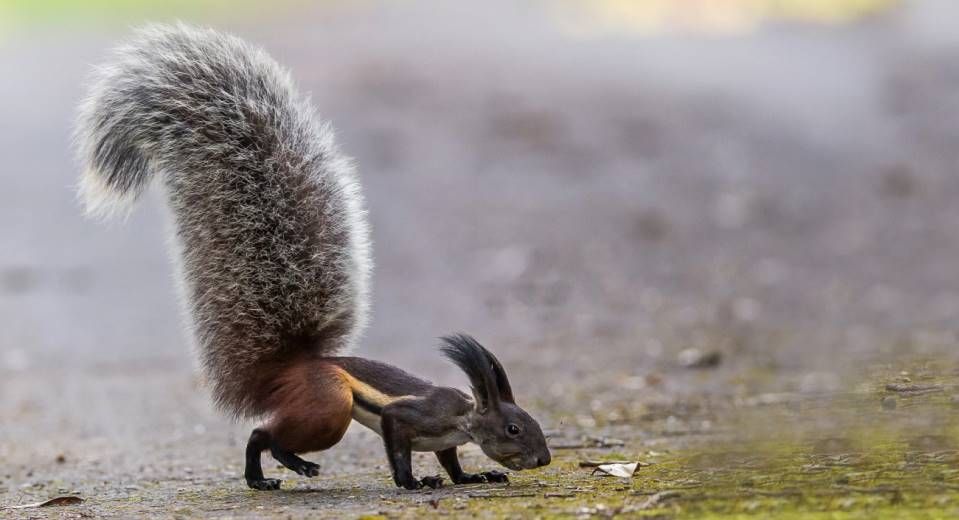
Tufted Ground Squirrel (Rheithrosciurus macrotis
The tufted ground squirrel, aka groove-toothed squirrel, hails from the island of Borneo. They prefer hillsides in lowland primary forests, orchards, and secondary forests. Due to habitat destruction at the hands of the agricultural and logging industries; hunting for their meat; and trapping for their fur, these cool squirrels are currently listed as Vulnerable by the IUCN. Their numbers are also decreasing.
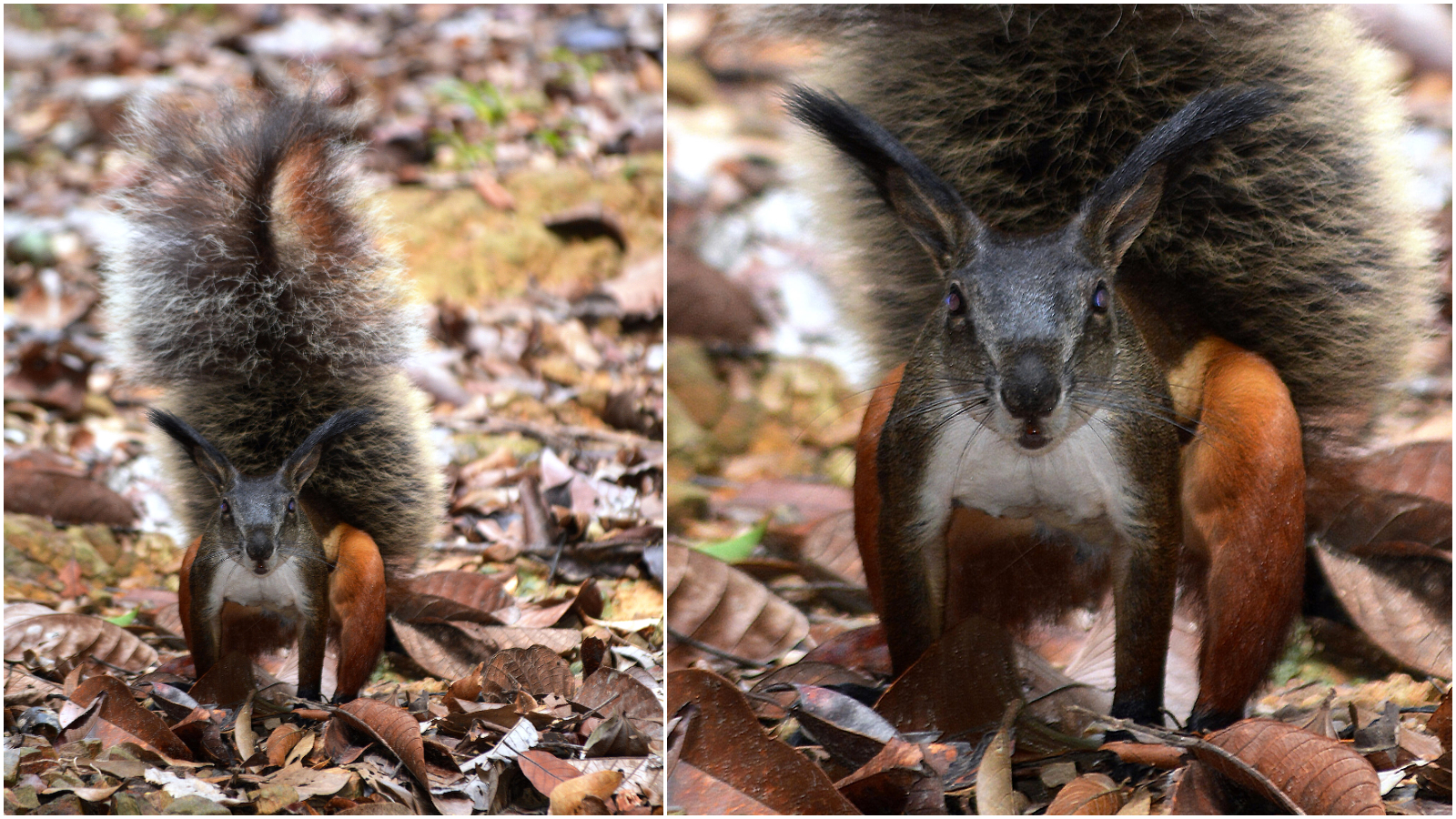
First the Stats…
Scientific name: Rheithrosciurus macrotis
Weight: Up to 4.4 lbs.
Length: Up to 13.9 inches, plus up to a 13.5 inch tail
Lifespan: Up to 4+ years
Now on to the Facts!
1.) Tufted ground squirrels are presumed to be diurnal (active during the day).
2.) These critters are also called vampire squirrels.
3.) They are noted for having the largest known tail to body size ratio of any mammal.
4.) Although rumors suggest otherwise, their diet consists of seeds, nuts, and insects.
5.) Tufted squirrels can be found at up to 3,600 feet elevations, in the hillsides.
But wait, there’s more on the tufted ground squirrel!
6.) It is presumed that these squirrels are solitary and only come together to breed.
7.) The mating rituals are not known at this point. But typically speaking, ground squirrels tend to have up to 8 young, called kits or kittens.8.) It has been said that these squirrels will await passing deer and leap from low branches, attacking the neck of the deer, severing their jugular vein, causing it to bleed out.
9.) This tall tail being said, Edward Banks recorded in 1949 that these squirrels were skittish and very willing to bite ferociously.
10.) Birds of prey, Bornean clouded leopards, Borneo bay cats, and humans all prey on these squirrels.
Be sure to share & comment below! Also, check out the Critter Science YouTube channel. Videos added regularly!
Want to suggest a critter for me to write about? Let me know here.
Some source material acquired from: Wikipedia & IUCN
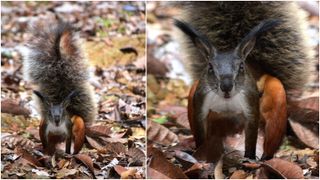
Name: Tufted ground squirrel (Rheithrosciurus macrotis)
Where it lives: On the ground and low branches of hilly forests in Borneo
What it eats: Extremely hard seeds from a handful of tree species
Why it's awesome: Rumor has it that tufted ground squirrels, nicknamed "vampire" squirrels in a 2014 Science article, jump down from low branches onto the backs of deer and kill them by slashing the jugular vein with their razor-sharp teeth.
Local Dayak hunters report finding disemboweled deer carcasses and suspect the squirrels feast on their prey's stomach content, heart and liver. In villages close to the forest edge, tufted ground squirrels are also said to kill domestic chickens to eat their hearts and livers.
But in 2020, researchers discovered these squirrels are not bloodthirsty meat-eaters. Instead, their weird teeth — which include large incisors on both the upper and lower jaws that have deep carved ridges like a saw — are used to eat extremely hard seeds. "We’re talking seeds so hard that a strong human with a hammer would have to work pretty hard to get into one," lead author Andrew Marshall, a biological anthropologist at the University of Michigan, told IFLscience at the time.ufted ground squirrels also have spectacular, club-shaped tails that are 30% larger than their bodies — one of the most voluminous tails among all mammals, relative to body size. Scientists are unsure why the squirrels sport such an extravagant appendage, but it's possible their tails protect them against predators, such as Sunda clouded leopards (Neofelis diardi), by obscuring their small bodies and confusing potential killers. How these squirrels ended up in Borneo is a mystery. Research shows their closest living relatives are a group of South American squirrels — but there is no sign of any other relatives in either Asia or North America that could help scientists trace their journey to Southeast Asia.
A 2012 study suggests the Rheithrosciurus lineage diverged from a group of Palearctic species some 36 million years ago and colonized Borneo overland from Southeast Asia — but the tufted ground squirrel's evolutionary history remains cloudy. (Palearctic refers to a region comprising Eurasia north of the Himalayas, northern Africa and the temperate parts of the Arabian peninsula.)
Recommended Videos
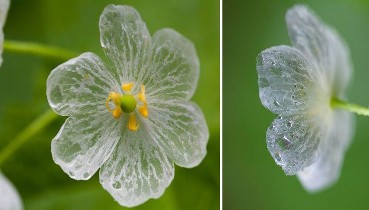 “Skeleton Flowers” Turn Transparent In The Rain130 views
“Skeleton Flowers” Turn Transparent In The Rain130 views Hilarious Beach Fails (30 GİF)11163 views
Hilarious Beach Fails (30 GİF)11163 views-
Advertisements
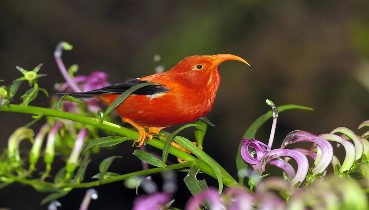 The 'I'iwi or Scarlet Hawaiian Honeycreeper (Vestiaria coccinea)311 views
The 'I'iwi or Scarlet Hawaiian Honeycreeper (Vestiaria coccinea)311 views 27 Times People Couldn’t Believe What They Saw At Walmart And Had To Take A Pic1558 views
27 Times People Couldn’t Believe What They Saw At Walmart And Had To Take A Pic1558 views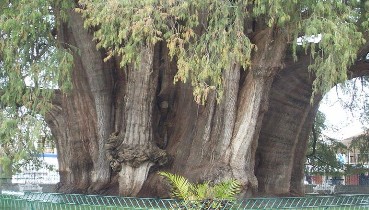 Mexico’s Tule Tree Has the World’s Thickest Trunk, And It’s Still Growing84 views
Mexico’s Tule Tree Has the World’s Thickest Trunk, And It’s Still Growing84 views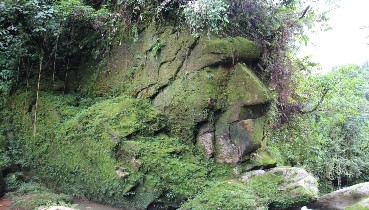 Man-Made Monument or Natural Phenomenon? Sacred Face of the Harakbut Declared Cultural Heritage of Peru767 views
Man-Made Monument or Natural Phenomenon? Sacred Face of the Harakbut Declared Cultural Heritage of Peru767 views 46 Killer Images From The Past That Are Snazzily Cool and Classy!235 views
46 Killer Images From The Past That Are Snazzily Cool and Classy!235 views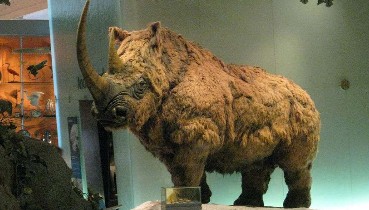 Perfectly Preserved Young Woolly Rhino Revealed By Melting Permafrost483 views
Perfectly Preserved Young Woolly Rhino Revealed By Melting Permafrost483 views



